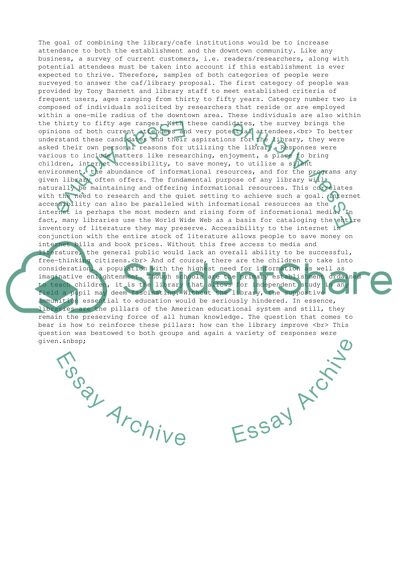Cite this document
(Java in the Library: Upgrading the Academic Experience Assignment, n.d.)
Java in the Library: Upgrading the Academic Experience Assignment. Retrieved from https://studentshare.org/business/1506961-coffe-shop
Java in the Library: Upgrading the Academic Experience Assignment. Retrieved from https://studentshare.org/business/1506961-coffe-shop
(Java in the Library: Upgrading the Academic Experience Assignment)
Java in the Library: Upgrading the Academic Experience Assignment. https://studentshare.org/business/1506961-coffe-shop.
Java in the Library: Upgrading the Academic Experience Assignment. https://studentshare.org/business/1506961-coffe-shop.
“Java in the Library: Upgrading the Academic Experience Assignment”, n.d. https://studentshare.org/business/1506961-coffe-shop.


